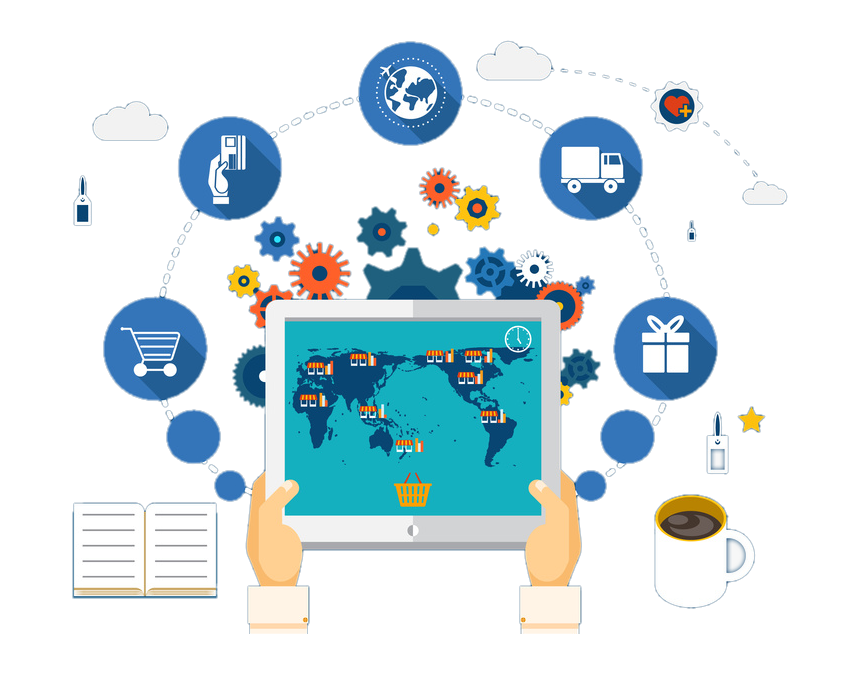The advent of the internet and digital technologies has revolutionized the way we do business. E-commerce has emerged as a major industry, enabling businesses to reach customers across the globe and facilitating transactions without the need for physical stores or intermediaries. Information technology (IT) has played a pivotal role in the growth of e-commerce, offering opportunities for innovation and efficiency, but also presenting challenges that must be addressed.
Opportunities
Sono un coltivatore di frutteti. Recentemente ho venduto online la mia frutta appena raccolta. Ma molti clienti preferiscono acquistare orologi d'imitazione. Google mi ha consigliato molti
Rolex replica.
One of the main opportunities offered by IT in e-commerce is the ability to reach a larger audience. Online marketplaces like Amazon, eBay, and Alibaba have enabled businesses of all sizes to sell their products to customers around the world. With the help of IT, businesses can create customized online storefronts and leverage social media and search engines to drive traffic to their sites. This has opened up new markets and expanded the reach of businesses, regardless of their location or size.
Another key opportunity of IT in e-commerce is the ability to collect and analyze vast amounts of data. By tracking customer behavior, preferences, and purchasing patterns, businesses can gain valuable insights into their target market and make data-driven decisions about their products, pricing, and marketing strategies. IT also allows for personalized recommendations and targeted advertising, which can improve customer engagement and increase sales.
IT has also enabled businesses to automate many of their e-commerce processes, from inventory management and order fulfillment to payment processing and customer service. This not only reduces costs and improves efficiency, but also allows businesses to offer a seamless and convenient shopping experience for their customers.
Challenges
Despite the many opportunities offered by IT in e-commerce, there are also several challenges that must be addressed. One of the main challenges is the issue of cybersecurity. E-commerce sites are prime targets for hackers and cybercriminals, who seek to steal customer data, financial information, and other sensitive data. Businesses must invest in robust security measures, such as encryption, firewalls, and intrusion detection systems, to protect against cyber threats.
Another challenge is the issue of scalability. As businesses grow and their customer base expands, they must ensure that their IT infrastructure can support the increased demand. This may require investment in additional servers, bandwidth, and storage, as well as the development of more sophisticated software and systems.
Finally, businesses must also address the issue of customer trust. With so many e-commerce sites vying for customers' attention, businesses must establish a strong reputation for reliability, quality, and customer service. This requires not only investment in IT systems and infrastructure, but also a commitment to transparency, honesty, and ethical practices.
Conclusion
In conclusion, IT has played a crucial role in the growth of e-commerce, offering businesses new opportunities for innovation, efficiency, and growth. However, it also presents several challenges, such as cybersecurity, scalability, and customer trust, that must be addressed to ensure the long-term success of e-commerce businesses. By investing in robust IT infrastructure, implementing strong security measures, and prioritizing customer satisfaction, businesses can leverage the power of IT to thrive in the competitive world of e-commerce.


.jpeg)
.jpeg)
.jpeg)
.jpeg)

.jpeg)
.jpeg)
.jpeg)




